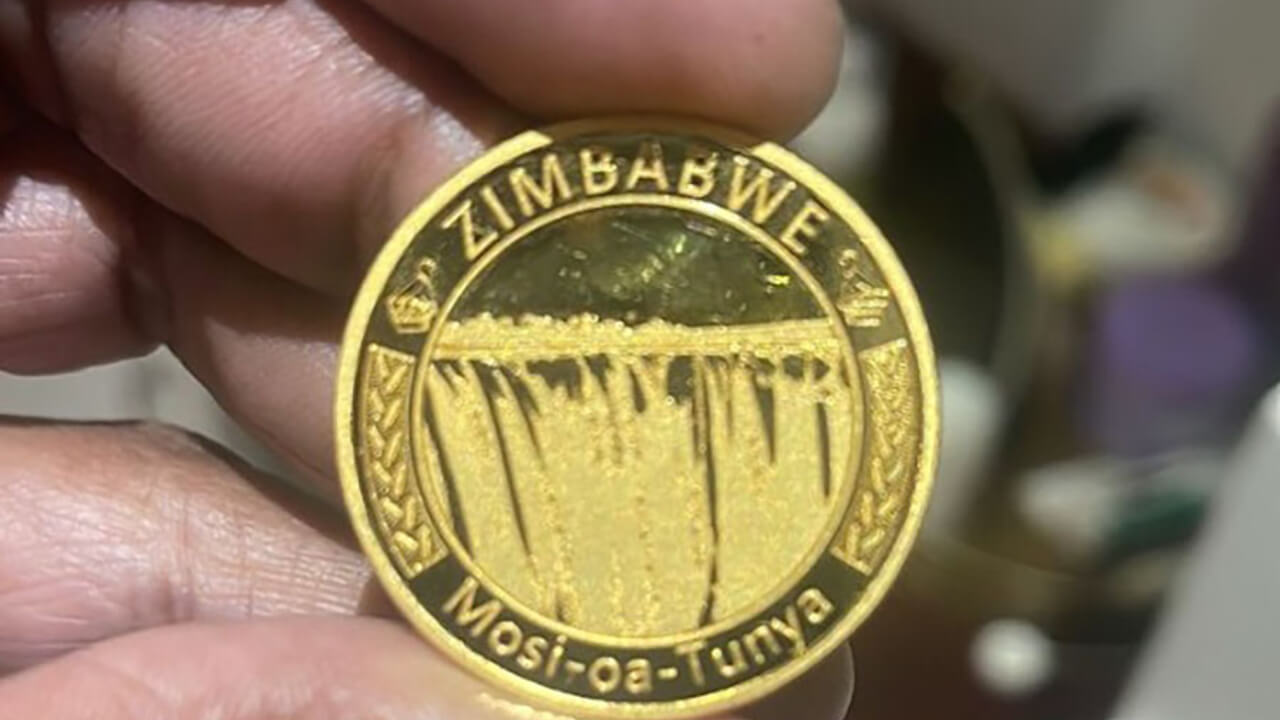85% of gold coins sold in Zimdollars
THE Reserve Bank of Zimbabwe (RBZ) has revealed that 1 500 gold coins were sold by its agents during the first week of their release onto the market, signalling a strong demand for the yellow metal currency but 85% of the sales were in local currency.
The central bank, which released a total of 2 000 Mosi-oa-Tunya gold coins onto the market on July 25, said it will release another batch of 2000 this week.
“A total of 1 500 gold coins were sold by the bank’s agents during the first week of their release into the market, with 85% having been bought in local currency, while the balance of 15% was bought in foreign currency,” RBZ governor John Mangudya said yesterday.
In a bid to save the local currency from collapse and also halt soaring inflation, the central bank introduced the gold coins, described by critics as elitist and possibly a looting scheme.
The gold coins were sold at an initial price of US$1 823, 80 per coin or $805 745,35 using the willing-buyer willing-seller rate.
The agents for the gold coins are all the commercial banks, Aurex Zimbabwe and Homelink.
Government believes the gold coins, which can be used as collateral if one wants to borrow money from the banks, will stabilise the exchange rate and absorb excess liquidity.
Mangudya also revealed that the RBZ monetary policy committee (MPC) resolved to maintain interest rates at current levels.
He said the tight monetary policy stance would be buttressed by the favourable uptake of gold coins which were introduced in the economy last month as an alternative store of value.
With month-on-month inflation declining from 30,7% in June to 25,6% in July 2022, the MPC noted that the progressive decline will continue in the outlook period as a result of the tight monetary policy stance being pursued by the bank.
“The MPC also noted that the disinflation trend will be reinforced by measures government was taking to deal with factors that destabilise the foreign exchange market, particularly by reviewing the basis and framework for payments to its suppliers of goods and services in its quest to stabilise the foreign exchange market and enhance value for money,” Mangudya said.
“The MPC further noted that while monthly inflation is expected to continue to decelerate during the outlook period, annual inflation will continue to increase up to September 2022 as a result of the lower base effect in 2021.”
The central bank chief said the MPC would continue to review interest rates on a regular basis in line with month-on-month inflation developments.
Meanwhile, cash barons have taken advantage of arbitrage opportunities around the trade of the gold coins given the huge exchange rate disparity between the official rate at about 450 and the parallel exchange rate which topped 1 000 last week.
When the coins were introduced late last month economists warned that selling the gold coins in local currency would present significant arbitrage opportunities.
Economist Trust Chikohora, however, said: “That was the whole idea to create an alternative store of value besides the US dollar. Even if people are selling US diollars on the black market to go and buy gold coins, the net effect is that the rate will come down.”-newsday










